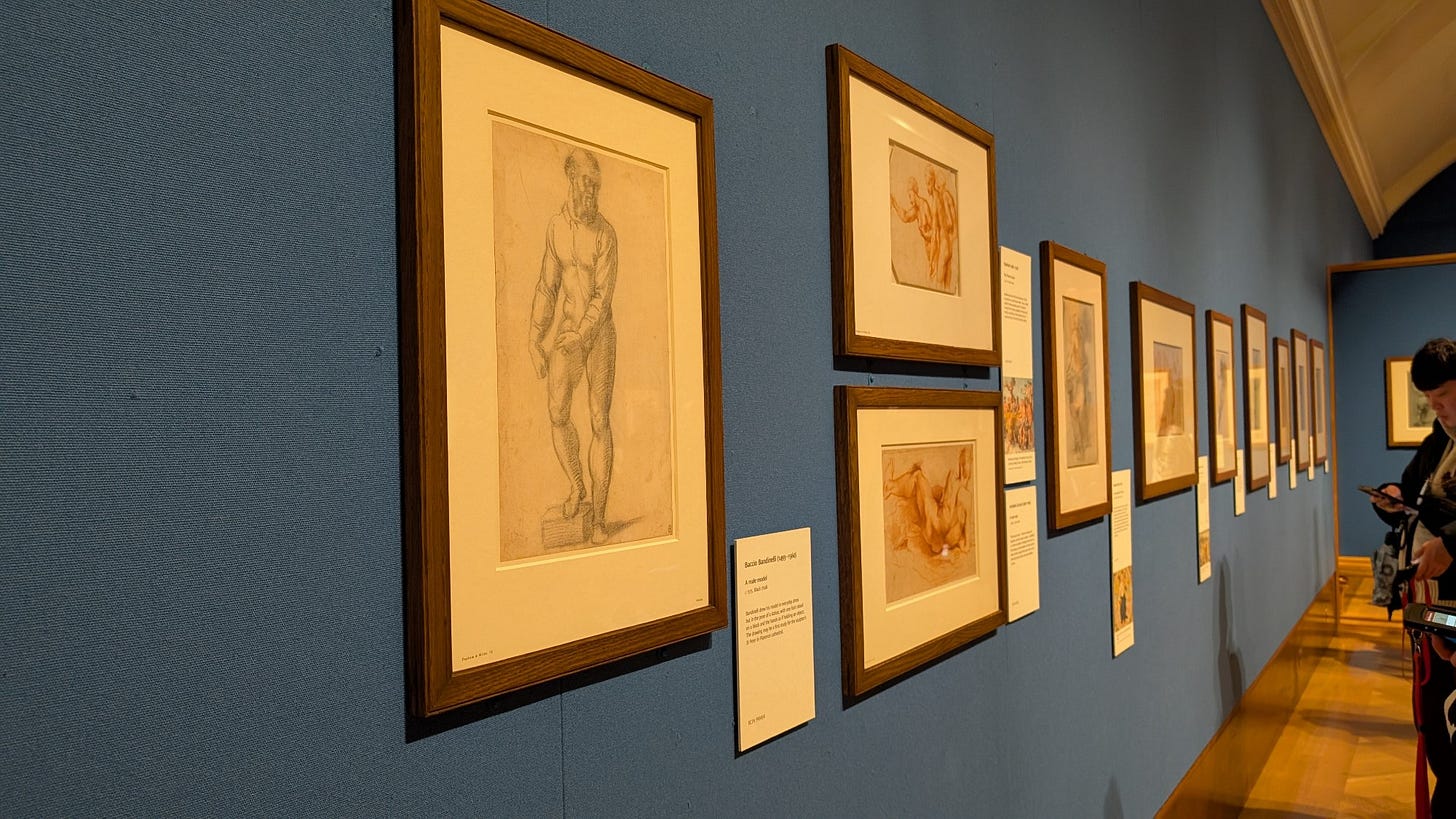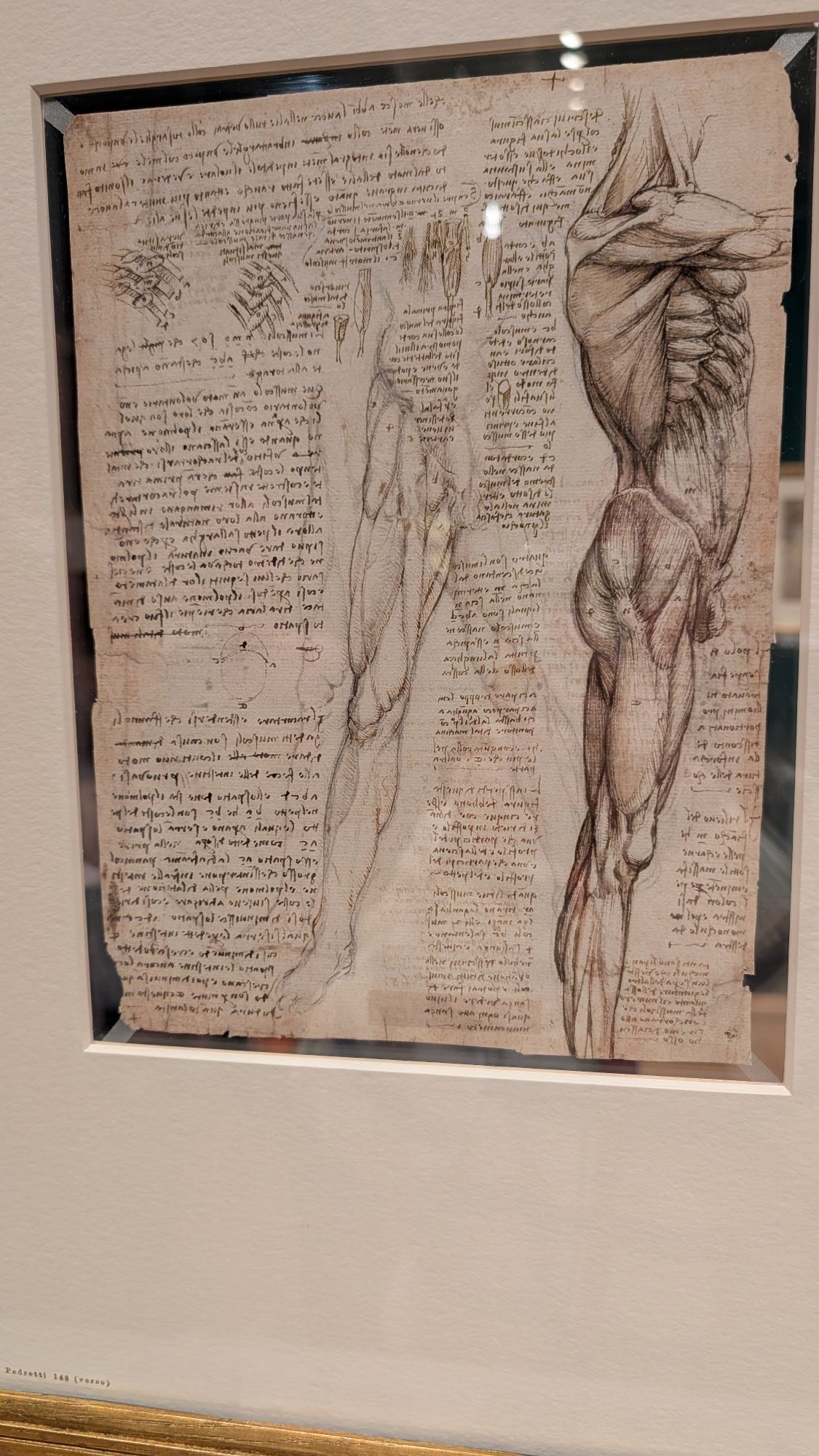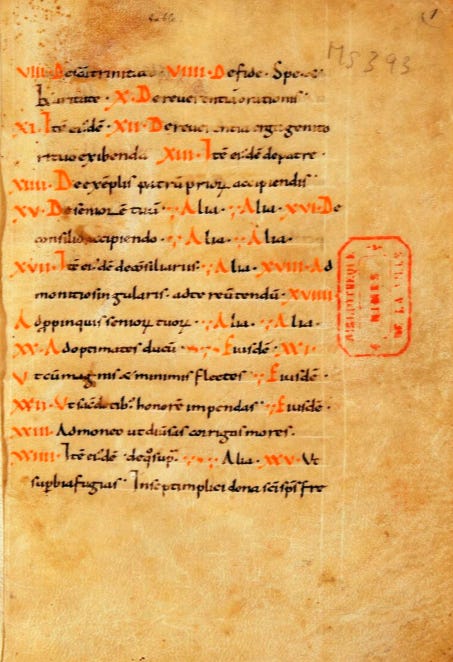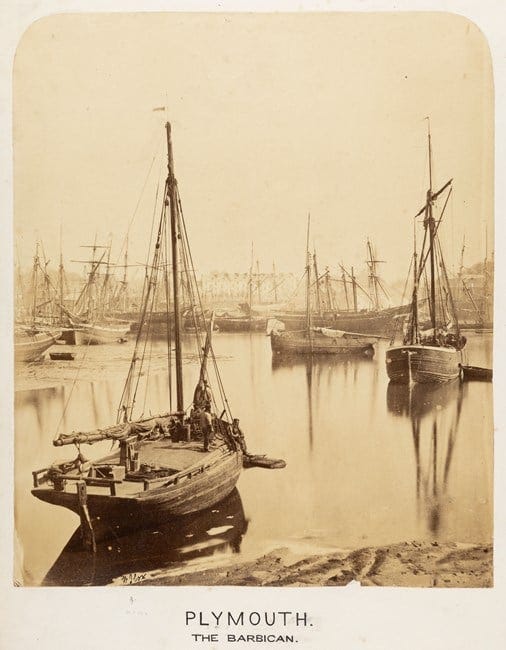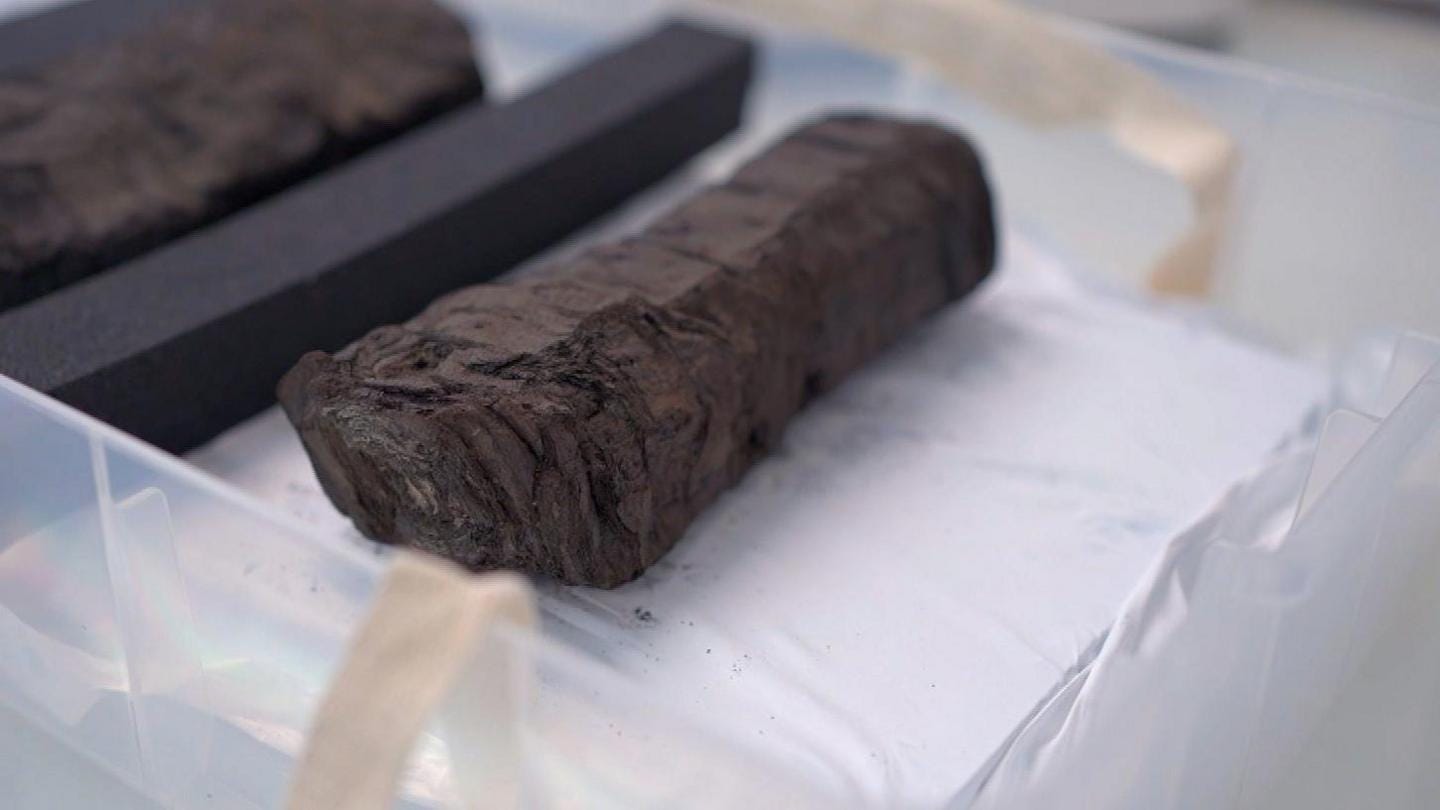Renaissance Drawings and Ancient Archaeology
In this newsletter
Hello
Drawing the Italian Renaissance
Latest Blog Post
History in the News
Hello
Hello and welcome to March’s newsletter! It’s been a very busy month for me so I’ve been a little quiet on social media, but so far we’re on track for my goal of a newsletter and blog post every month of this year (keep an eye on the blog for a new post coming out on 20th March). I’ve got an exhibition to recount, we’ll catch up on my most recent blog post, and there’s plenty of great history-related news to explore, so let’s get started!
Drawing the Italian Renaissance
Let’s begin with the latest exhibition I visited: Drawing the Italian Renaissance at the King’s Gallery, Buckingham Palace. I managed to catch this near the end of its run (so sorry, it has already finished to anyone interested!) and I was looking forward to going. Renaissance art has such a hold on the public, with so many huge names that can be recounted by most people, so the chance to see some of these works was one I didn’t want to miss.
What made this exhibition perhaps more interesting, was that it was focused on the drawings of these Italian masters – items that, at the time of their creation, were practice sheets or guides for final pieces, and were not things expected to be kept and treasured. It certainly was intriguing to see how skills and patterns developed, and being able to see these drawings as working documents, complete with sketches or notes on the back, or pin-prick holes from where the drawings were used as the template for the complete work was fascinating. It was also really good to see on many of the caption plaques reproductions of the finished works, so you could compare the drawing to the final piece.
Our visit to the exhibition overlapped with one of their guide talks, where one of the stewards gave a short 10-15 minute presentation on one of the pieces of art (in this case, a landscape by Da Vinci) which was really well done. They spoke eloquently and provided great information, and also passed out blown-up reproductions so that we could see the detail more clearly. Hearing much more in-depth information, including the wider significance of a landscape piece, added a new dimension to the artwork, and it also gave me an idea for a future blog post!
However, I must admit I came away feeling like something intangible was missing. I don’t know that I can really elaborate on this, because I couldn’t tell you what I thought the exhibition needed, but I just came away from it feeling like it was a “fine” exhibition but not great or amazing like others I have been to lately (including another one last year at the same gallery). Perhaps it just wasn’t quite “my thing”, as the exhibitions I went to last year were all ones I had been highly anticipating and were right in my wheelhouse of interests. I’d certainly be interested to hear from anyone else who may have caught the exhibition and what their thoughts were!
Latest Blog Post
In case you missed it, last month’s blog post looked at a fantastic artefact – a book known as the Liber Manualis, written by a Frankish noblewoman almost 1200 years ago. The Liber featured on my blog’s Facebook page years ago, and so I thought it was time to finally do a more in-depth post about this incredible survival. Its author, Dhuoda, was Duchess of an area of modern-day France and Spain known as Septimania and the Spanish Marches, and she had a tumultuous life. After an initially successful marriage, she was drawn into dangerous court politics, her family threatened. Relations with her husband soured, and she possibly ended her days sick and ostracised, forcibly separated from her children. To comfort herself, she picked up a pen and composed a loving book of guidance and advice for them. This remarkable book is vital for understanding Dhuoda as well as many aspects of social history during the ninth century. Make sure to catch up on it here!
History in the News
There have been some really great bits of history in the news the past month, so some really fun reads here. Firstly is the incredible discovery in London of part of the city’s first Roman basilica. It is being hailed as one of the most important pieces of Roman history unearthed in the city of London. The basilica (like a town hall) was the heart of the city, situated at the back of the forum, a set of buildings with an open courtyard. The excavation was undertaken due to regulations in London when building work is occurring, and the ruins will form a key part of the new block above ground – read more here.
Jumping forward in time, Historic England has announced that they have acquired the Janette Rosing Collection of England, a huge collection of over 8,000 black and white photographs of England from the very earliest days of photography in the mid-1800s up to the early 1900s. There are photographs from every single county in England, and they track the huge changes happening to the country under industrialisation. Efforts are now underway to catalogue and digitise the collection, which will be a real treasure trove. Read the announcement, and see some of the photographs, here.
There have been lots of technical innovations across the past few years which have allowed scientists and historians to look inside wrapped documents. In the past, this has been used to look inside letterlocked pieces of paper (a way that people secured letters in the past through elaborate cuts and folds) so that the artefacts can remain intact. Now, a combination of X-ray imaging and AI have unfurled the secrets within a badly burnt scroll from the Roman town of Herculaneum, buried by the infamous eruption of Vesuvius. The team responsible are confident they will eventually be able to read almost the entire scroll, which is really exciting as hundreds of similar scrolls survive from the town so this can really deepen our understanding of the time. Read about the project here.
Thank you all for reading, and I’d love to hear any other great history news you’ve seen.
Support me:
Follow me on Bluesky, or check out my blog.
You can also find my books on Amazon or in most bookshops!




